.jpeg)
On June 13, 2025, Air India Flight 171 took off from Ahmedabad for London. Moments after takeoff, the Boeing 787 aircraft crashed into a building in Gujarat, killing 260 people. Among them were 19 on the ground. Only one passenger survived out of 242 onboard. Just a few weeks earlier, on May 8, a helicopter crashed in Uttarakhand during an emergency landing, killing six people and injuring one. These tragedies raised urgent questions not just about individual aircraft, but about the entire aviation system in India.
India’s airspace is becoming one of the busiest in the world, but the infrastructure meant to monitor and protect that space seems dangerously underprepared. The Directorate General of Civil Aviation (DGCA), the country’s top aviation safety regulator, has a severe shortage of technical staff. A report by Hindustan Times revealed that nearly half of the technical positions in the DGCA are vacant. Out of 1,063 sanctioned posts, only 553 are filled. In 2022, the government added 400 new posts, but none of them have been filled yet.
This matters because technical officers in the DGCA are responsible for flight inspections, airworthiness checks, safety audits, and maintenance supervision. These are not background jobs. They are the front line of aviation safety. Without them, critical warning signs can go unnoticed, rules may not be enforced, and lives are put at risk.
The Aircraft That Should Not Have Flown
The Air India crash is currently under investigation by the Aircraft Accident Investigation Bureau (AAIB), but early reports say the incident happened shortly after takeoff. A Boeing 787 should be one of the safest aircraft in the sky. If it fails within minutes of departure, something has gone deeply wrong.
In a public statement, the US National Transportation Safety Board (NTSB) said it is too early to draw any conclusions, but also noted that many media reports were spreading speculation. However, the facts already available show systemic problems. When regulators are understaffed, technical faults can slip through pre-flight inspections. Overworked or absent inspectors may not notice defects in the aircraft, gaps in maintenance, or even pilot fatigue.
Without clear answers, families of the victims are left with more pain and fewer explanations. The AAIB has called for patience, but trust in the system is already damaged.
The Helicopter Crash in Uttarakhand
Another example of oversight failure occurred in the skies of Uttarakhand. On May 8,2025, a helicopter operated by Aerotrans Services crashed during an emergency landing. The helicopter had hit an overhead fibre cable while flying at low altitude, causing the main rotor to fail.
The helicopter was ferrying pilgrims between Narsanihuli and Yamunotri Dham and was about to descend when it struck the wire. The pilot attempted to save the aircraft, but it tumbled into the hillside, killing six passengers.
The accident could have been prevented with proper mapping of obstacles and air traffic coordination. According to the AAIB’s preliminary report, the cable was running parallel to the road but was not marked or avoided during flight. The operator did not inform the pilot in time, and poor visibility may have made the wire hard to spot. The helicopter also had 1,650 hours of service left before its next major overhaul, raising more questions about the condition and usage of the craft.
The Real Problem
These are not isolated accidents. They are the result of a broken regulatory system that cannot keep up with the growth of aviation in India. Every time an aircraft crashes, we look for immediate causes—weather, pilot error, mechanical fault and so on. But we often ignore the system that allowed those risks to pile up.
The DGCA is supposed to be the watchdog of Indian skies. But a watchdog needs teeth and staff. The agency does not have enough trained officers. All 18 deputy director general posts are currently vacant, along with one of five joint director general positions. This affects decision-making, policy enforcement, and day-to-day monitoring.
Flight operations inspectors are expected to check whether airlines are complying with safety norms. Airworthiness officers verify if aircraft are fit to fly. Aeronautical engineers examine repairs and upgrades. When hundreds of these jobs are left unfilled, planes are allowed to fly without thorough inspections, and rules are followed only on paper.
Even the international aviation community is worried. The NTSB and other global agencies often step in after Indian air crashes to support investigations. This shows a lack of confidence in the domestic system, even though India now aims to be a global aviation hub.
Why the Media Isn’t Asking Tough Questions
One reason public pressure hasn’t built up is the lack of honest coverage. Many TV channels and newspapers, especially those close to the government, avoid raising tough questions. They praise rescue efforts, highlight official condolences, and focus on technical jargon without explaining the root problems.
Terms like “preliminary probe,” “technical malfunction,” or “ongoing investigation” are used to delay scrutiny. Rarely do we hear anchors or editors question why safety audits are delayed, or why recruitment in DGCA has stalled for years.
This silence shields those in power. If half the DGCA workforce is missing, and no one talks about it, the cycle of crashes and cover-ups will continue.
What Must Change
India’s aviation sector needs urgent reform. Here are some clear steps:
1. Fill Technical Vacancies Immediately: The 400 unfilled posts added in 2022 should not remain on paper. Recruitment should be fast-tracked, and staff should be trained continuously.
2. Invest in Safety Infrastructure: From obstacle detection systems to up-to-date mapping for pilots, the technology must match the growth in air traffic.
3. Strengthen DGCA Independence: The agency must function independently of political pressure. It should have the power to enforce rules without interference.
4. Improve Transparency: All safety audits, incident reports, and investigation updates must be made public. This will build trust and prevent rumours.
5. Hold Officials Accountable: When regulations are ignored and lives are lost, someone must answer. Whether it is the airline, the pilot, or the regulatory body, accountability cannot be optional.
Insightful Take
Air crashes are not just about bad luck. They are often the final result of ignored warnings, lazy oversight, and broken systems. The tragedy of Flight 171 and the Uttarakhand chopper accident should wake up the nation. If we do not fix the problems now, more lives will be lost—not because the skies are dangerous, but because we failed to protect them.



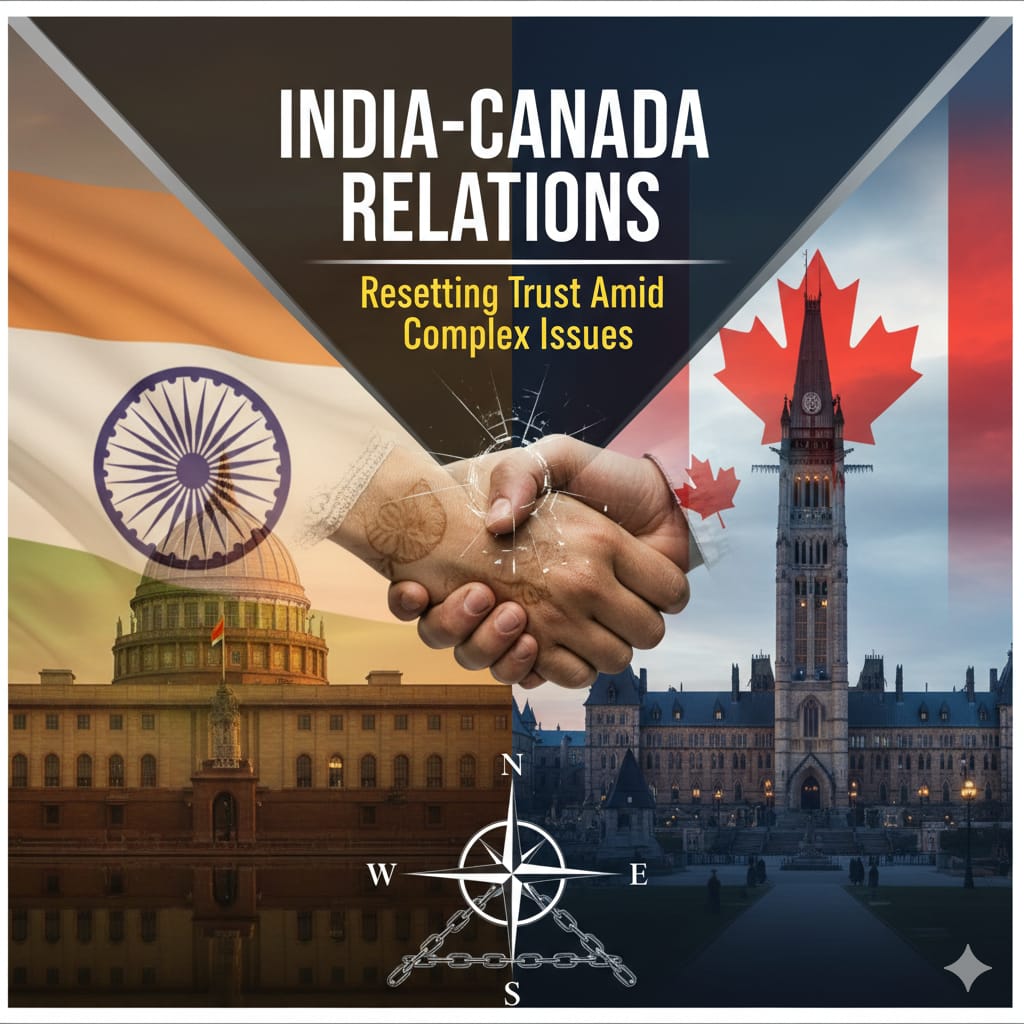
.jpeg)




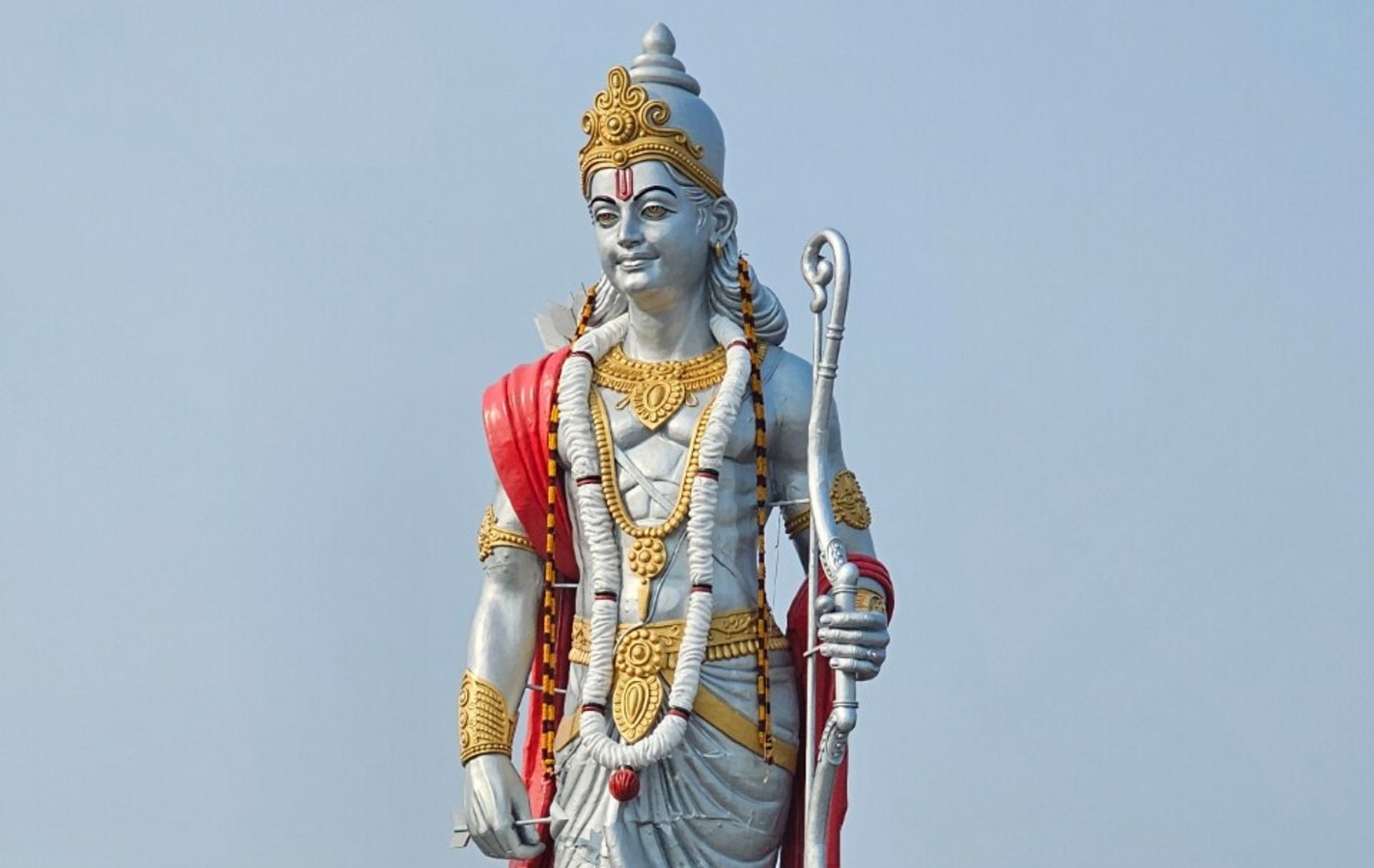
.jpeg)
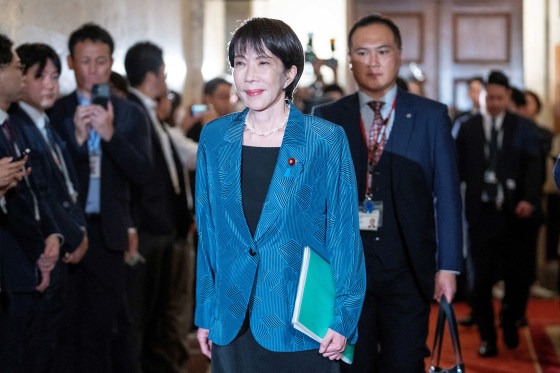

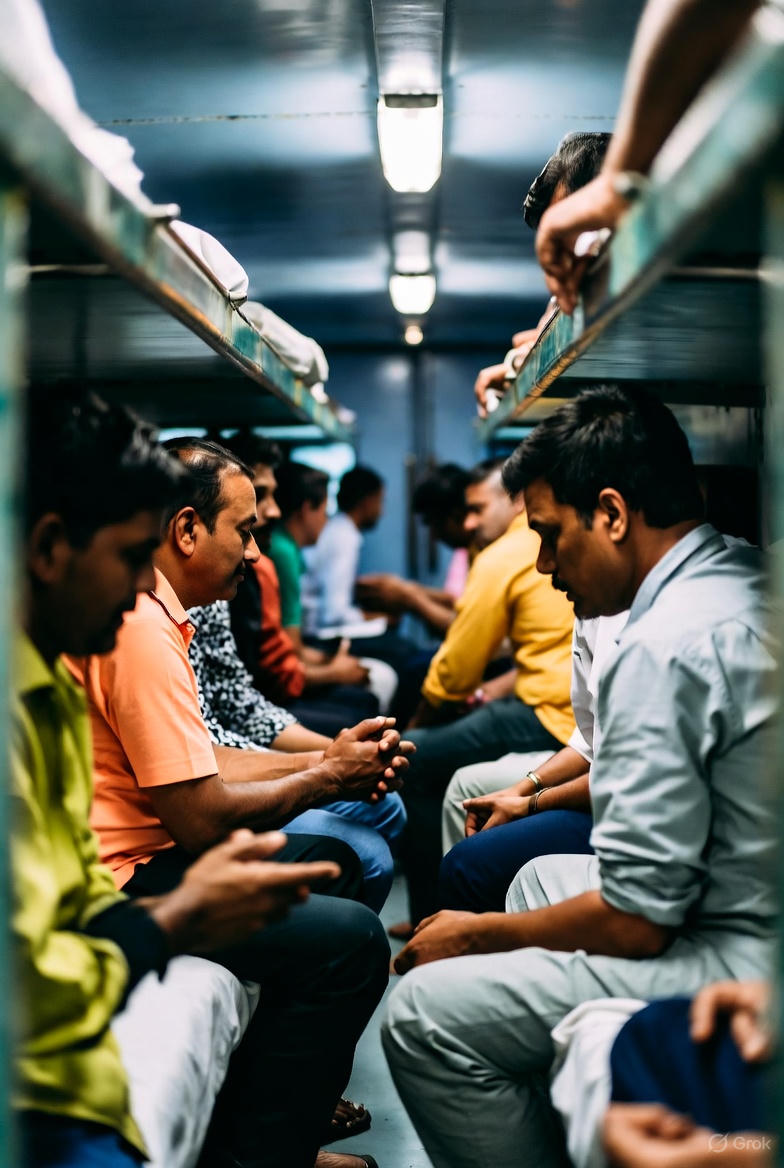
.jpeg)

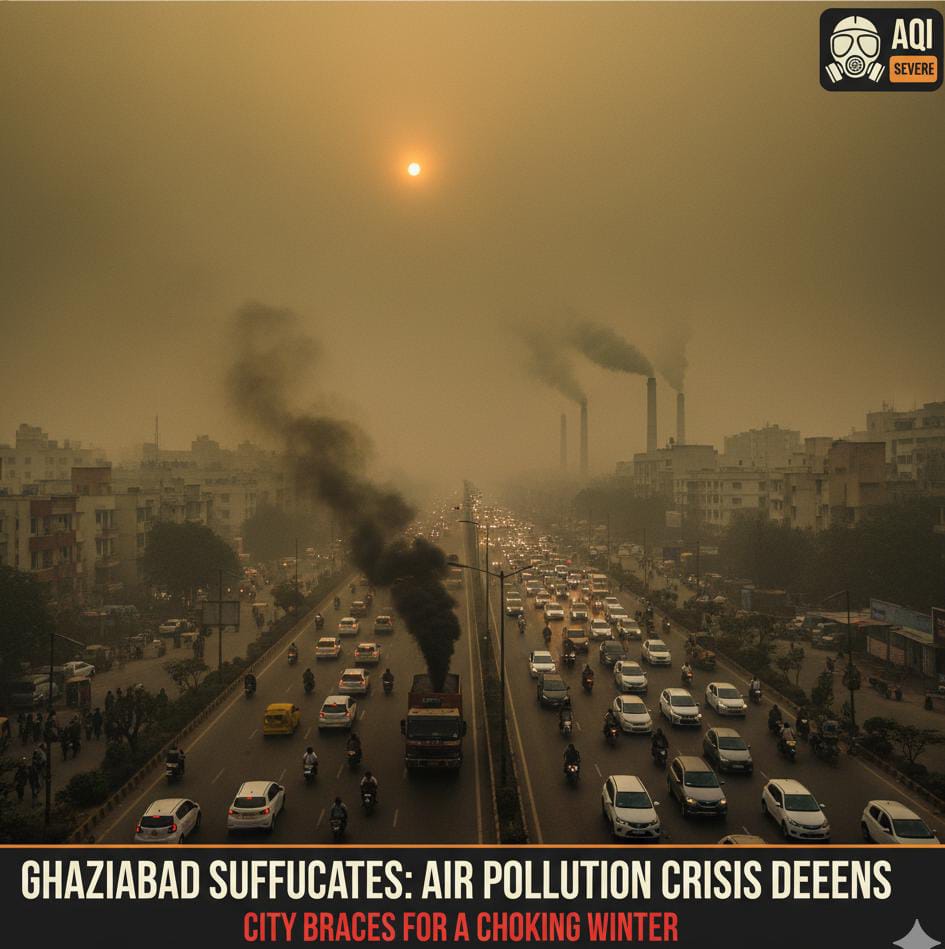

.jpeg)
.jpeg)
.jpeg)
